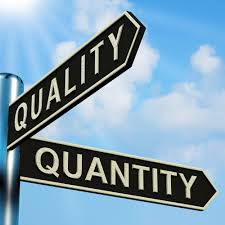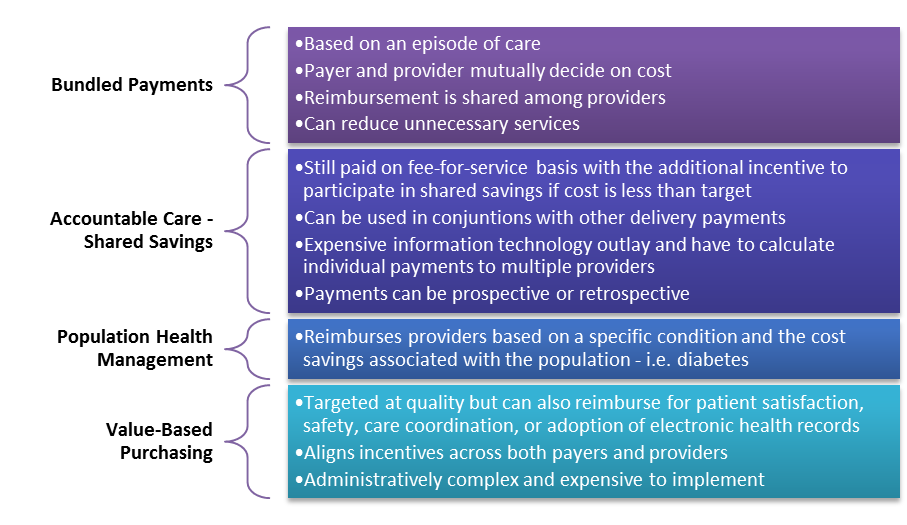| Editor’s Note: BHM has solid experience and top level experts who understand the importance of the transition to value based reimbursement. Click here to find out more about how BHM can assist your organization. |

The Centers for Medicare & Medicaid Services (CMS) has been pushing value based models that focus on quality of care rather than quantity. This means that most traditional incentive based payment models are being put phased out. The CMS hopes to tie 90% of all Medicare payments to alternative payment methods by 2018. Unlike fee-for-service models, value based models tie quality and cost together. By doing this they can encourage providers to give the best possible care at the best possible cost.
From a provider perspective, healthcare reform is aimed at tightening the purse strings, working more efficiently, reducing waste, and improving quality. The shift of risk has begun which will transform healthcare from a fee-for-service to value based models. When the ultimate transformation ends, is still uncertain. This is why fee-for-service is still being utilized and providers are still generating profits and revenue based on the volume mentality while simultaneously trying to transition to a volume and quantity mentality.
Bridging the Gap Between Volume and Value-Based Strategies
In order to transition successfully, providers need to completely change their mindset and the way they do business – to acknowledge and embrace the cultural, information technology, and clinical changes which need to take place.
- From a cultural perspective, providers need to review and revise their strategic plan, ensuring buy-in from all levels of the organization from clinical to administrative and from leadership to front-line staff.
- Collaboration throughout the organization as well as with external providers and payers is a must. This will involve at the very least an investment in information technology such as electronic health records and health information exchanges to allow instant access to patient information for all applicable entities.
- Infrastructure may need to be revamped or enhanced to accommodate these new delivery models.
- Clinically, processes will need to be evaluated for efficiency. Training will need to occur at all levels of the organization. Buy-in from medical leadership will be key.
What are the advantages or ultimate goals of value-based purchasing and other new delivery methods?
- Reduce waste
- Reduce unnecessary or duplicate testing/services
- Increase quality and better outcomes
- Shift focus from volume to value and from quantity to quality
- Highlight the critical role of primary care in coordinating care for patients
- Center healthcare decisions around the patient, allowing for two-way dialogue
- Level out the risk between payer and provider
- Ultimately, patients will receive the right care in the right setting at the right time
What are you doing to adjust for the shift in risk and the change in reimbursement?

